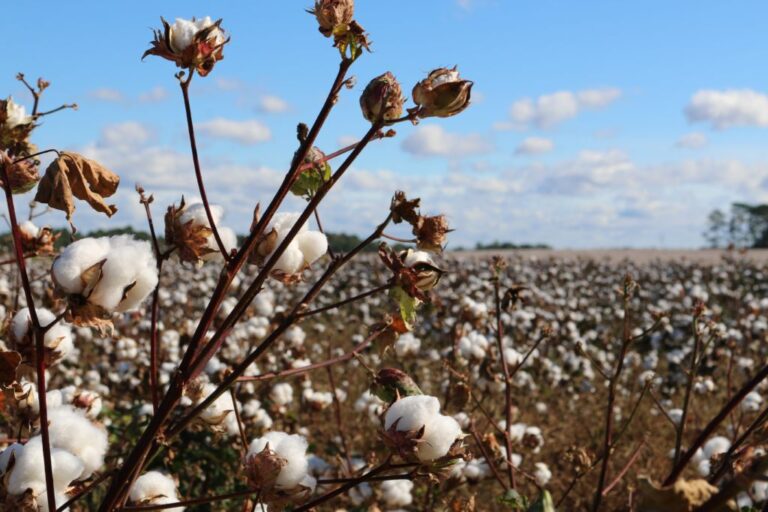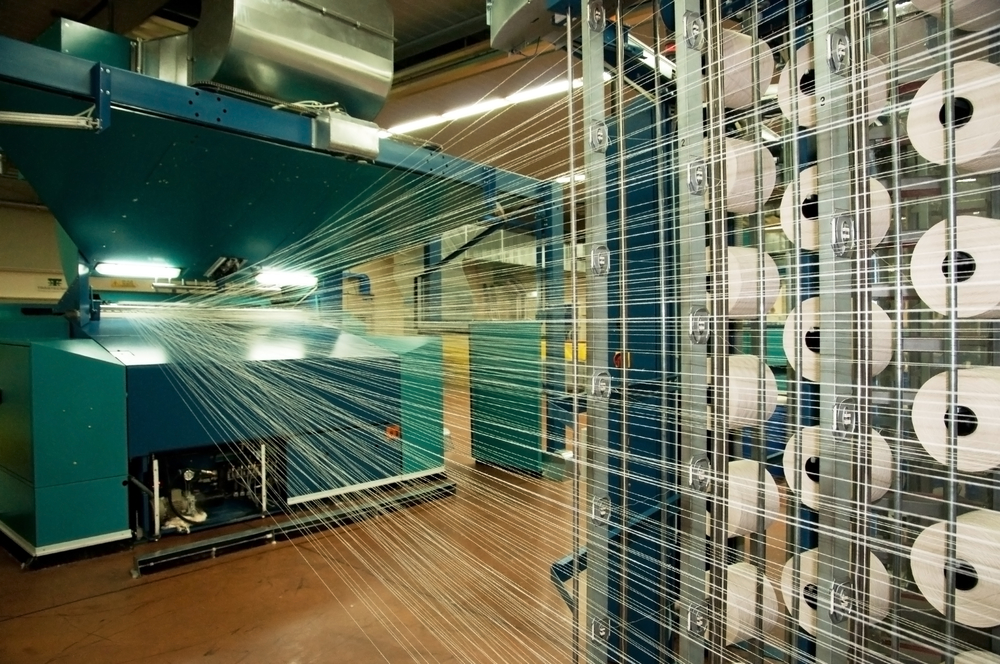
What is organic cotton?
Certified organic cotton is cotton fiber that has been grown without pesticides and fertilizers, through a process that preserves biodiversity, biological cycles and soil well-being. The world’s leading producers of organic cotton are India, China and Turkey.
Even taking into account that, although the process of cultivation of organic cotton is “cleaner” as it does not use chemical additives in its fertilization and fumigation, both this crop and the conventional cotton and its harvesting process are intensive in the use of water and energy.
Ethical and responsible cotton for fashion.
This type of cotton – I recommend you to read this previous article: Organic cotton and fashion – is cultivated through practices that generate a minimum or low impact on the environment. Toxic herbicides and insecticides or any kind of chemical fertilizers are not applied to plants or soil. In the traditional crop they are applied and these toxins are harmful to the health, not only of the farmers and workers involved in the crop and in the harvest, but also for the adjacent natural ecosystems and for fashion consumers.
Advantages.
Controlled traceability along the supply chain | Genetically modified seeds are not used | It takes the natural balance of the soil as its basis, generating organic matter through composting achieved through intercropping, improving its conservation and biodiversity | The use of drinking water is reduced because it is conserved and rain is used more efficiently because it is stored longer in the soil itself | Through “cultivation-friendly” insects, those that are beneficial for pest control, it is possible to avoid the intensive use of pesticides with the strong incidence in human health and environment mentioned before | Natural defoliation | Non-allergic | Good for farmers, generates better working conditions and builds communities | Promotes the global exchange of knowledge with its sustainable production process.
Certified cotton fabrics: Better Cotton Initiative – BCI.
Cotton fabrics certified by BCI guarantee ethical and responsible conditions in their cultivation and harvesting process: optimal working conditions for their production and the preservation of the environment of the growing areas. Better Cotton Initiative – BCI is a non-profit organization that generates, monitors and controls global standards and the complex cotton supply chain, from farmers to fashion retailers.
What is recycled cotton?
We can define as recycled cotton the transformation of cotton fabric into cotton fibers that can be reused in new textile products and fashion articles. This cotton is also known as reclaimed or regenerated cotton.
The sources of recycled cotton.
There are two primary sources that generate recycled cotton from textiles:
Post-industrial or Pre-consumer: These are the remains of yarns and fabrics that are discarded in the process of cutting and making clothing, home textiles and other fashion accessories.
Post-consumption: includes garments, upholstery, towels, used household items, whose cotton fibers will be reused in the development of a new product.
The largest amount of recycled cotton is generated through pre-consumer waste. What originates from post-consumption is much more difficult to classify and reprocess due to the variety of colors involved, the mix of fibers that make up the fabric, the rest of the raw materials and accessories present in the garments and it is a process that involves more work and a higher cost.
The objective is to obtain (“recycle”) fiber from the fabric.
Regenerated cotton is produced through a recycling process that is mostly mechanical. In the first step, fabrics and materials are sorted by color. After this separation, the fabrics go through a machine that shreds the fabric into yarn and then into crude fiber. In this part of the process a lot of tension is put on the fiber; during this shredding process, it is very easy for the fibers to break and become entangled. The raw fiber obtained is spun back into bobbins to be reused in the production of other garments and accessories. The quality of the recycled fiber obtained by this process will never get the same quality values as the original fiber. Specifically, the length of the fiber and its uniformity are affected; this limits its application, its end use and creates the need to mix it with other fibers.
Advantages and challenges of recycled cotton.
We list the benefits and also the challenges that arise with the use of recycled cotton.
Benefits.
It has the potential to greatly reduce water and energy consumption in the fashion industry. The amount of water needed is less than the amount used to grow and generate virgin cotton | Many products are diverted from what would be their inevitable and ultimate destination, landfills | Recycled cotton can be given new life in many different elements, simple to use or with a low level of complexity, such as insulation, mop heads, cleaning rags, padding, etc.
Challenges.
The final composition of the fabric containing recycled cotton will depend on its final use. And according to this, it must be mixed with another fiber (e.g. polyester) to improve it as the process affects the properties of the fiber, such as length, uniformity and resistance | It cannot be recycled continuously | The test and trial instruments are specified for ginned, virgin cotton. Then, the test results can be biased due to the difference in packaging and orientation of the fiber | The possibility of contamination with other fibers is much greater for regenerated cotton | Savings in CO2 emissions and fossil fuels can be partially offset by the use of existing materials. However, the collection, processing, and shipping of fabric or clothing scraps for recycling can reduce or neutralize in whole or in part some of these savings.
Industry and fashion brands efforts to recycle.
Today, there are many globally recognized fashion brand recycling initiatives that have projects within their own stores and shopping centers. Many others encourage consumers to bring their used clothing to be reused-recycled. Some of these projects include consumer benefits, such as coupons for discounts or points for future purchases.
Trends in recycled cotton and organic cotton.
As the sustainability conversation continues to move toward a greater need to improve the shelf life of garments and fashion accessories rather than promoting a disposable business model, companies should consider the use of virgin cotton and promote its natural and sustainable benefits.
Recycled cotton is an excellent option for reducing manufacturing textile waste and reusing it in lower quality products or mixing it with other fibers and reusing it in fashion articles. There are still challenges to be overcome for end uses, especially in the garment market.
Recycled cotton has its niche for certain end uses, but the challenges posed by reducing the length and quality of recycled fiber can cause problems during production and to the end consumer. In addition, once garments are recycled, they cannot continue to be recycled unlimitedly due to the fiber separation process that weakens it; that is, recycled fabrics cannot be infinitely recycled.
Bottom line.
It is not one type of cotton or the other but one plus the other. Further progress must be made in terms of cotton being grown under conditions that are ethical, responsible, favorable to workers and the environment and in R&D&I in order to obtain the best possible results in the recycling process. Both alternatives are a solution and make a great contribution of value to a fashion industry that seeks to be (and must be) more sustainable and socially responsible.











































